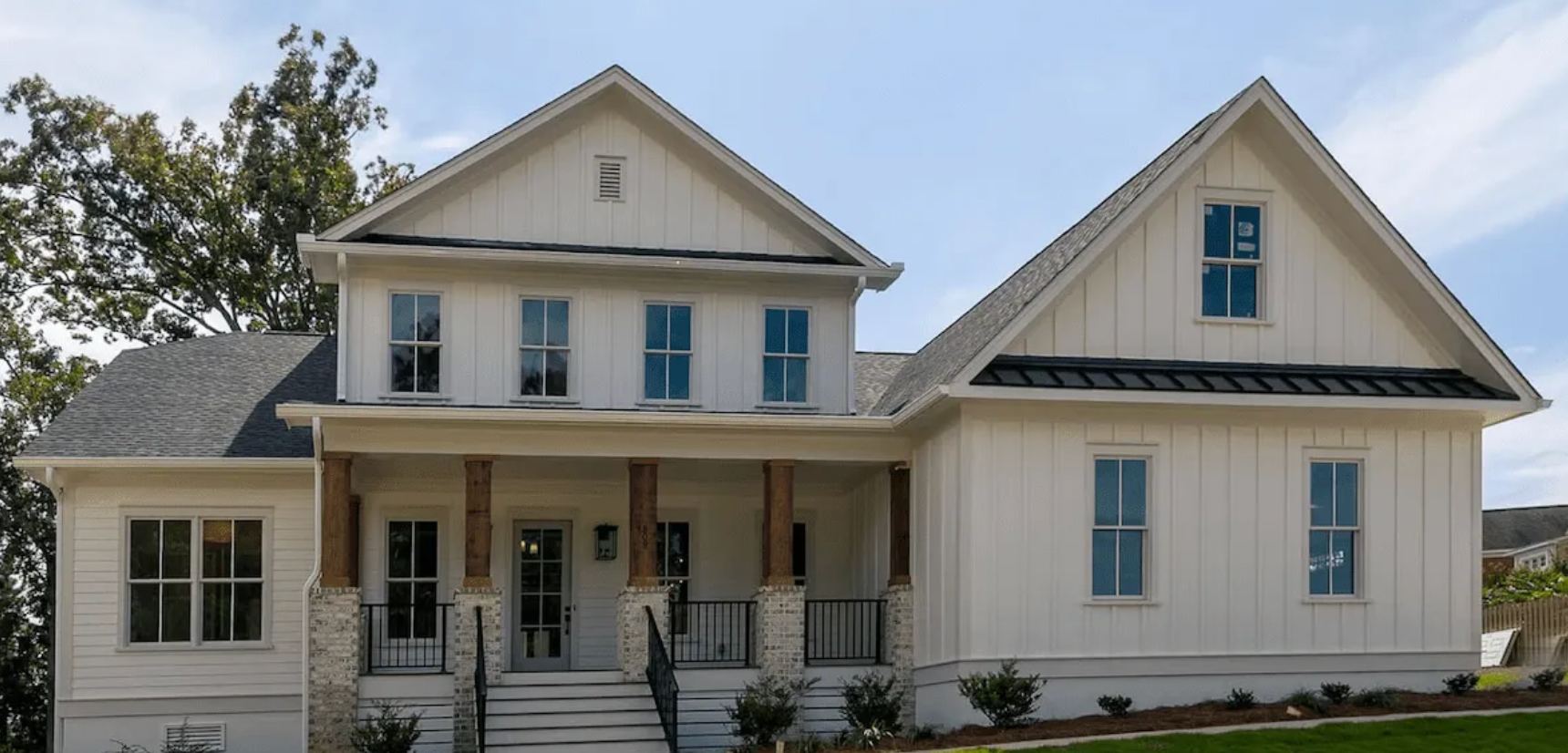Fire-Resistant Building Materials: What Every Developer Should Know

In the ever-evolving world of construction, fire-resistant design is more than a luxury—it’s a necessity. As wildfires become more frequent and building codes grow stricter, developers must stay ahead of the curve by integrating fire-resistant materials into their projects. Understanding these materials and their benefits can help ensure safety, compliance, and durability.
Why Fire-Resistant Materials Matter
Fire-resistant materials are crucial in minimizing damage and slowing the spread of flames in the event of a fire. They provide added time for occupants to evacuate and for firefighters to control the blaze, ultimately saving lives and reducing property loss. Many jurisdictions now require fire-resistant materials as part of building codes, making it imperative for developers to stay informed.
Top Fire-Resistant Building Materials
1. Concrete
Concrete is one of the most fire-resistant building materials available. It has low thermal conductivity and does not combust, making it an excellent choice for walls, floors, and structural components. Reinforced concrete further enhances its resilience by improving structural integrity during high temperatures.
2. Brick
Brick is naturally resistant to fire due to its composition and method of production. Fired clay bricks can withstand extreme temperatures, making them an ideal material for fire-rated walls. Additionally, brick structures require minimal maintenance and have a long lifespan.
3. Gypsum Board (Fire-Rated Drywall)
Gypsum board, particularly Type X drywall, contains water crystals that release moisture when exposed to heat, slowing the spread of fire. Fire-rated drywall is commonly used in walls and ceilings to create fire barriers.
4. Fire-Resistant Glass
Modern fire-resistant glass is designed to withstand high temperatures and prevent the spread of flames and smoke. Some fire-rated glass options include tempered, wired, and ceramic glass, which are commonly used in windows, doors, and partitions.
5. Steel
Steel is a non-combustible material widely used in fire-resistant construction. While extreme heat can weaken steel, it remains structurally sound longer than many other materials. When combined with fireproof coatings, steel becomes even more resilient.
6. Intumescent Coatings
Intumescent coatings expand when exposed to heat, creating an insulating barrier that slows fire spread. These coatings are applied to steel, wood, and other structural elements to enhance their fire resistance.
Key Considerations for Developers
- Compliance with Building Codes: Always check local and national fire safety codes to ensure material compliance.
- Material Compatibility: Choose materials that work well together in a fire-resistant design strategy.
- Long-Term Durability: Consider materials that offer both fire resistance and overall durability to maximize investment.
- Aesthetic Appeal: Fire-resistant materials don’t have to compromise design—many options offer both safety and style.
Fire-resistant materials are essential in modern construction. By integrating these materials into your projects, you enhance safety, meet regulatory requirements, and provide peace of mind for occupants. As fire risks continue to evolve, staying informed about the latest fire-resistant technologies will ensure that your developments stand strong in the face of fire hazards.
Are you looking to incorporate fire-resistant materials into your next project? Contact us today to explore the best solutions for your design-build needs.

